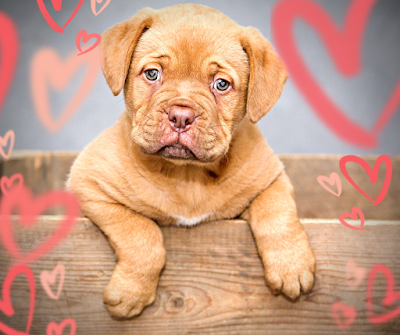Breaking Up a Dog Fight

If you own a dog, there is a good chance you will at some point have to break up a dog fight. Especially, if you often take your furry friend to the dog park . Dog fights can be scary and can result in injury to you or your dog if you are not mentally prepared to deal with one. The worst thing you can do is A) Scream at the top of your lungs. This only escalates the situation. B) Grab a dog's head and/ or neck area. This will result in you getting bit. and C) Keep a hold of the leash, if your dog has one on. This will result in entanglement and possible injury to one of the parties involved. If your dog has a leash on and is in a fight, the best thing you can do is immediately drop the leash. So, what should you do if you happen to find yourself in the middle of a dog fight? First and foremost, keep your cool. Next, here are some helpful tips: When it comes to dog fights, the best thing to do is recognize the situation before it arises by knowing how dogs communicate. Usually,...



.png)

